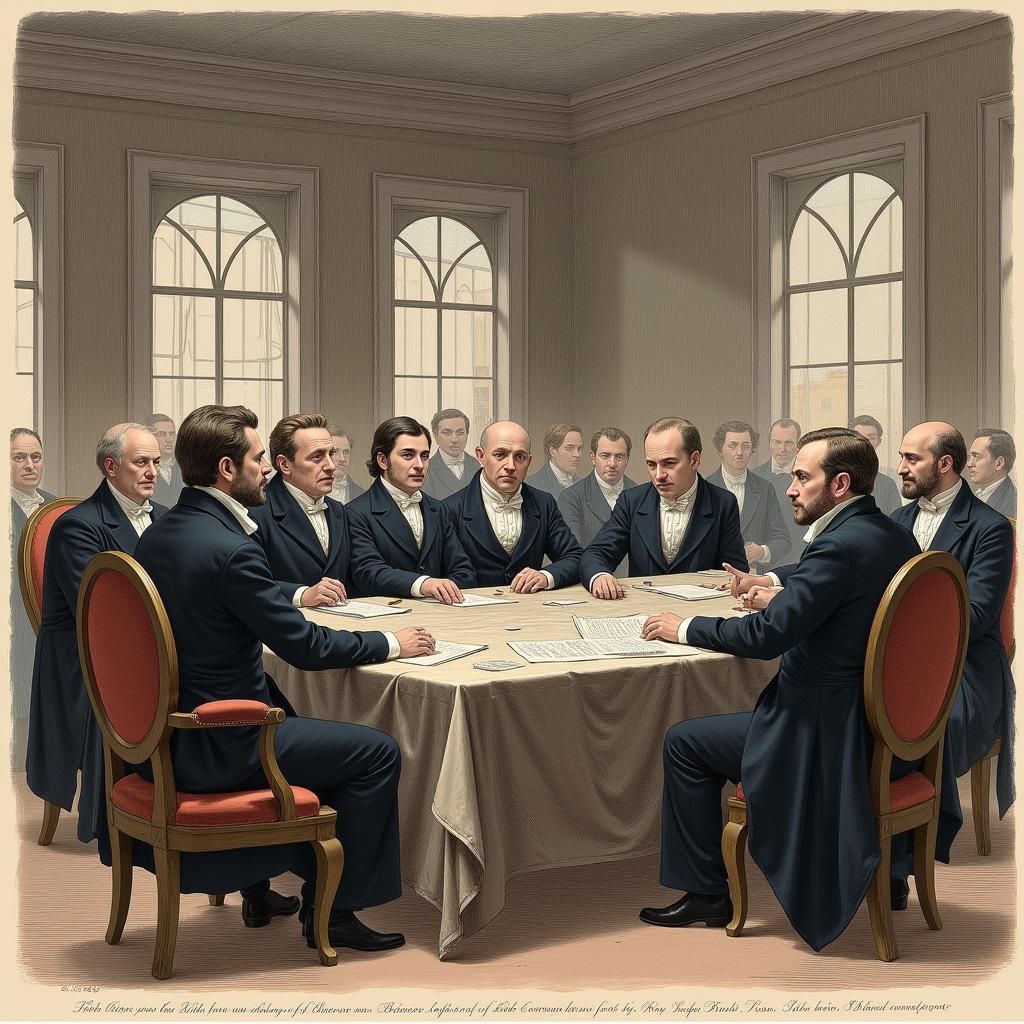The term “American Benevolent Society” often sparks curiosity about the history of charity and community support in the United States. While a specific organization solely named “American Benevolent Society” might not be universally recognized, the phrase encapsulates a broader historical theme. It reflects the numerous organizations, often with “benevolent society” in their title, that emerged across the nation, driven by a shared goal: to improve the lives of those in need.
The Rise of Benevolence in America
The 18th and 19th centuries witnessed a surge in benevolent societies across the United States. These organizations, often formed by individuals with shared values or backgrounds, addressed a wide range of social needs. From providing financial aid to widows and orphans, supporting education and healthcare initiatives, to advocating for social reforms, these societies became pillars of community support.
These societies often focused on specific groups, reflecting the social fabric of the time. For instance, immigrant communities established societies to assist newcomers in navigating a new land and culture. Religious groups formed benevolent organizations to extend their charitable work within their communities and beyond.
 19th-century benevolent society meeting
19th-century benevolent society meeting
Motivations and Impacts: Beyond Charity
The motivations driving these benevolent societies were diverse, often intertwined with religious beliefs, ethical values, and a sense of civic duty. The act of giving back to the community was deeply ingrained in the social consciousness of the time. These organizations not only provided essential services but also fostered a spirit of collective responsibility, shaping the social landscape of the nation.
The impact of these societies extended far beyond their immediate beneficiaries. They played a crucial role in filling gaps in social safety nets, particularly in times before government-funded welfare programs became widespread. By addressing issues such as poverty, illiteracy, and access to healthcare, they contributed to the overall well-being and progress of American society.
 Children attending a benevolent society-funded school
Children attending a benevolent society-funded school
From Historical Roots to Modern Relevance
While the term “benevolent society” might seem like a relic of the past, the spirit of community support it represents remains deeply relevant today. Modern non-profit organizations, charities, and community groups carry on the legacy of these early societies, addressing contemporary social challenges and advocating for positive change.
Understanding the historical context of American benevolent societies provides valuable insights into the evolution of philanthropy and social responsibility. It reminds us of the enduring power of collective action and the importance of community engagement in building a more just and equitable society for all.
Exploring Further: Societies Through Time
To delve deeper into specific examples of such organizations, you can explore:
- South Carolina Society Hall: This article sheds light on a historical society and its role within its community.
- Colonization Society AP World History: Learn about the historical context and impact of colonization societies.
- Civ VI Secret Societies: Discover the intriguing world of secret societies and their influence throughout history.
By learning from the past, we can draw inspiration and guidance to address the social challenges of our time, fostering a spirit of compassion and collective responsibility that transcends generations.
FAQ:
1. What is the main difference between a benevolent society and a charity?
While the terms are often used interchangeably, “benevolent society” carries a historical connotation, often referring to organizations prominent in the 18th and 19th centuries. Today, “charity” is a more common term.
2. Were all benevolent societies religiously affiliated?
No, while many had religious ties, others were secular, focusing on specific needs or communities.
3. Are there any active benevolent societies today?
While the term might not be as prevalent, many organizations carry on the spirit and mission of these earlier societies under different names.
4. How did benevolent societies impact social reform?
By addressing social issues and advocating for change, these societies contributed to movements for workers’ rights, education reform, and the abolition of slavery, among others.
5. Where can I find records of historical benevolent societies?
Local historical societies, libraries, and online archives are valuable resources for researching these organizations.
Need Help?
Have other questions or need further assistance? Don’t hesitate to reach out!
Contact us:
- Phone: 02043854663
- Email: [email protected]
- Address: Khu 34, Bắc Giang, 260000, Việt Nam
Our dedicated team is available 24/7 to assist you.